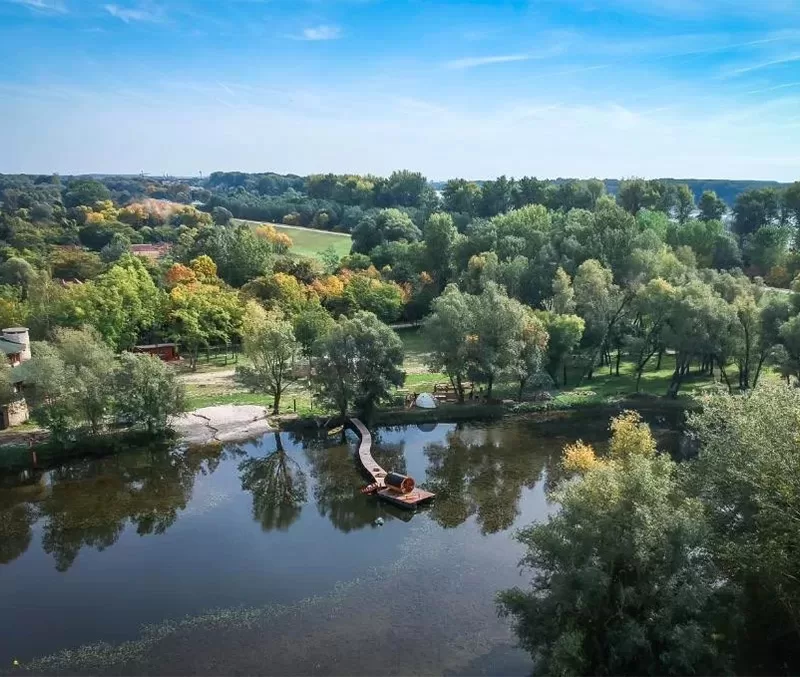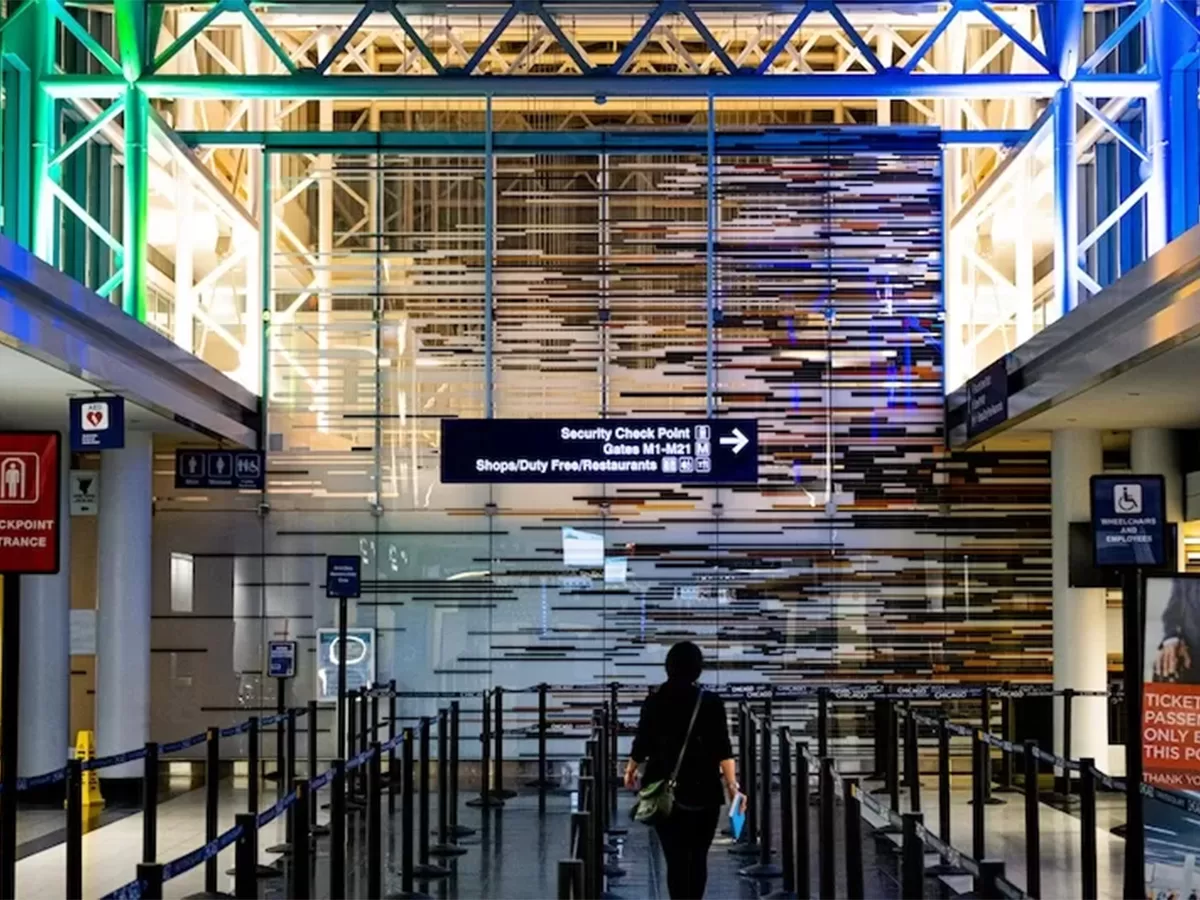The Hidden Side of Ho Chi Minh City
Exploring the backstreets and alleyways of old Saigon
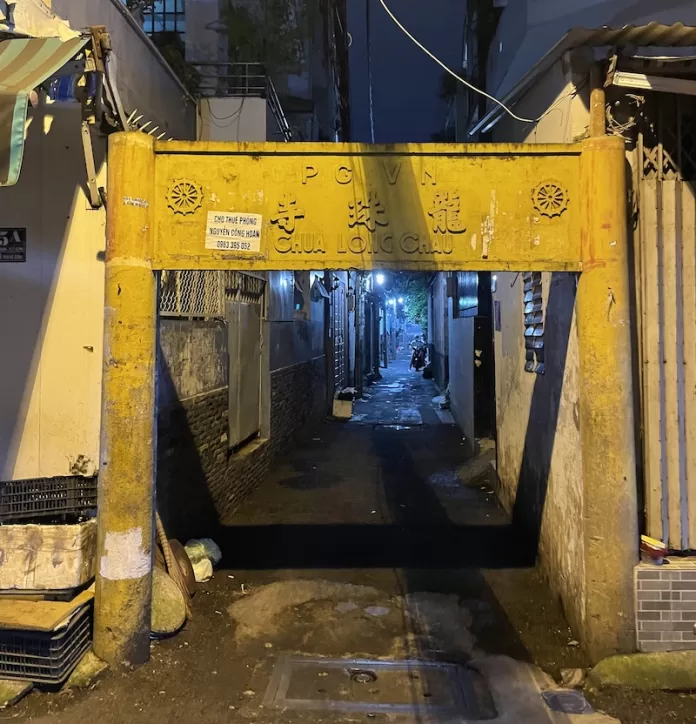
To discover the “Saigonese soul”of Vietnam’s largest hub, now home to over 10 million, you need to plunge into the side streets and explore the back alleys as much as you can.
Everyday the scene outside Tân Định Church appears to be the same. As a torrent of motorbikes, cars, buses and trucks pours down Hai Ba Trung (a major thoroughfare named in honor of two sisters who masterminded a military victory against Chinese forces in 40 BC), clusters of sweaty western tourists enter the hallowed grounds, curious to see the quirky strawberries-and-cream-colored interior. On the other side of the road scores of Asian tourists—many donning conical hats, some wearing ao dai (Vietnam’s traditional silk dress)—pose for pictures with the place of worship in the background while local Gen Z TikTokkers and Instagrammers—often dressed for a night at the club, or an anime cosplay party, and who always know where to find the money shot—take turns snapping photos from the second floor balcony of a hugely popular coffee chain (Cong Caphe) that has cashed in on communist kitsch (staff dress in casual military clobber and serve drinks in camping cups). Also facing “‘the Pink Church” is a svelte looking eatery that serves Hawaiian dishes like loco moco and ahi poke and where, later on, a Filipino or flamenco band might be heard playing tunes from the rooftop.
Read more like this: Plan B Is Essential in 2025
Contemplating all of the above in the stultifying afternoon heat, one Vietnamese-American poet’s line about Ho Chi Minh City (often still called Saigon) being a “hodgepodge of incoherence” would seem fairly on the nose. But every so often a baffled visitor will wander away from the clamor outside Tân Định Church and slip into a nearby alleyway to find another kind of sanctuary, somewhere like Grandmum, a cafe with a small yard adorned with potted plants and a cosy living room vibe inside. “In the beginning, we weren’t on Google Maps. Only tourists curious enough to explore the alleyways found us. They usually looked surprised—or maybe relieved?—when they stepped inside!” says the owner Lê Đan Nhã Thi, who intentionally gave her cafe a homely vibe with low wooden chairs, stools and tables. “And when Viet Kieu (overseas Vietnamese) come here, they often say that it reminds them of old photographs they have seen of their old family homes in Saigon.” Unusually for Ho Chi Minh City, constantly billed by the international media as a dynamic place of business and a mecca for start-ups, there normally isn’t a laptop in sight at Grandmum. People visit to escape the din of the traffic and chat with friends over a ca phe sua da (iced coffee with condensed milk), an egg coffee, or a pour over brewed with imported beans while some unobtrusive jazz or folk tune plays in the background.
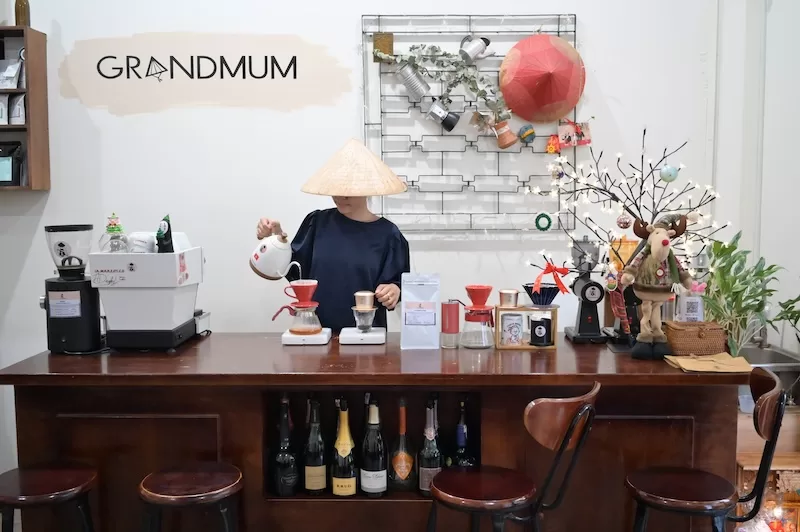
Like most Saigonese, Thi grew up in a house down a hem (alleyway). She never thought about opening a cafe on the main street: “For starters the rent is too high. But I also feel more comfortable and more secure in a hem,” she says.
She’s not the only one. Sandwiched in between the city’s main arteries (many of which hark back to French colonial times), there are more than 4,000 hem networks, many of which morphed out of unplanned working class quarters. In each of these alley-based communities, where the majority of the inner city’s population can still be found, you will see locals going about their daily affairs and all manner of neighborhood businesses—family-run noodle joints, stalls selling fresh fruit vegetables, barbers, beauty salons, and sometimes something more random (on a recent walk in the fringes of District 1, I passed a tarot card and witchcraft shop).
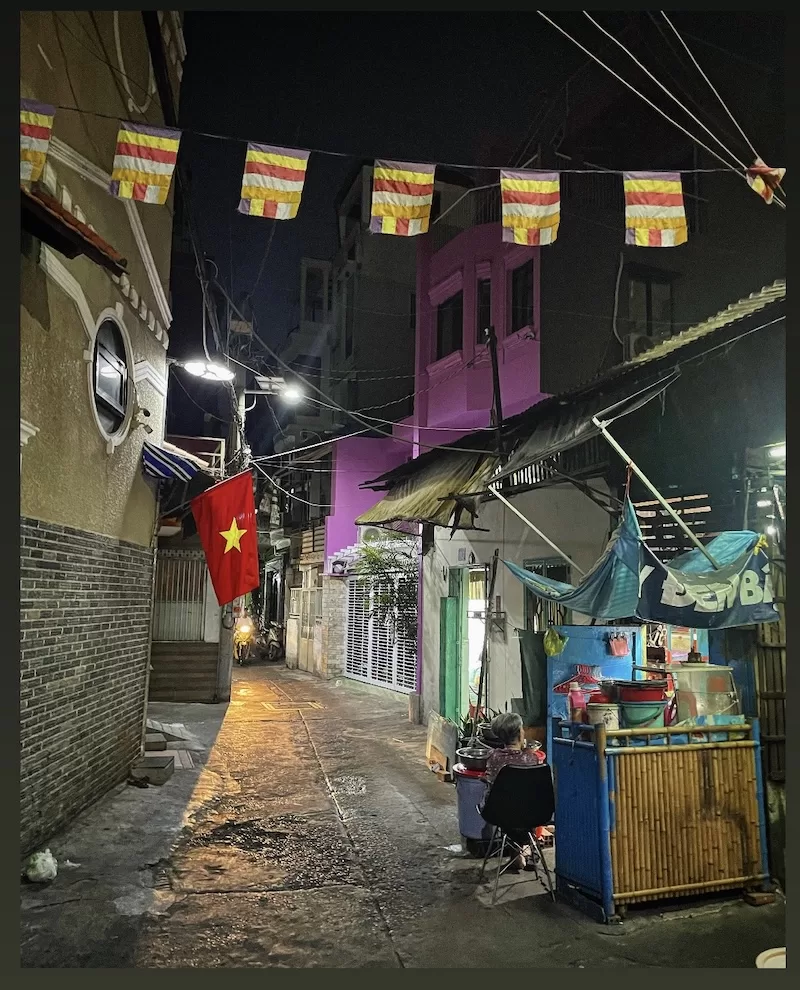
Whenever I enter a skein of alleys, many of which are too slender for cars to access, the intimate and low key vibe is always a welcome reprieve from the city’s frenetic main streets. Bonus extra: when the sun is high in the sky, the alleys are relatively cool, making them much more appealing to anyone who wishes to navigate the city on foot.
“I’m born and raised in Saigon but I still love to explore the back streets and alleyways of my city, and I’m always making new discoveries,” says Nguyen Tung, who is from Cholon, a sprawling multi-district urban area in Ho Chi Minh City that is often referred to as Chinatown. A designer, digital creator, visual artist and brewer, Tung is a man of many hats, all of which he hangs at NEO, a multi-concept space located in a beautiful 70-year-old modernist building in a back alley of District 3.
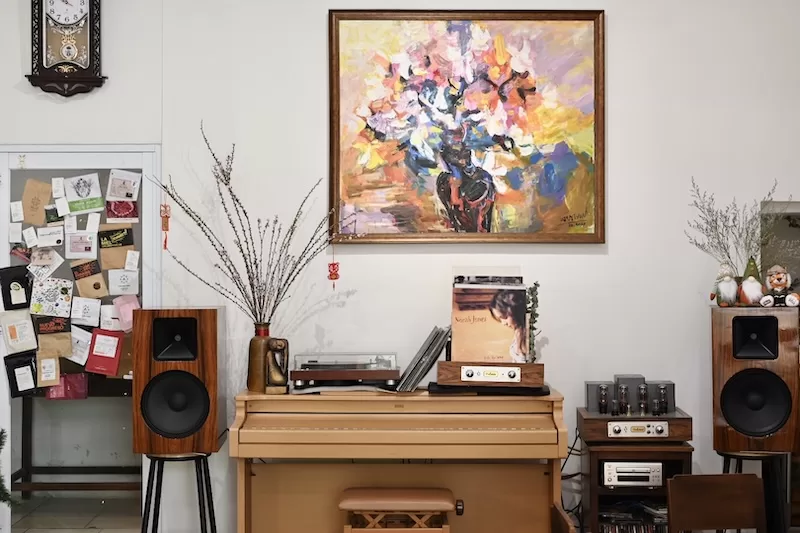
“I was just randomly riding around on my motorbike one day when I found this place, which was empty at the time. We basically put the business concept together to fill the rooms!” says Tung of NEO, which hosts pop-up art shows, film screenings, meetups for creative clubs, live music shows, DJs, and more. It’s also got one of the coolest rooftops for sundowners and Tung’s craft beer brand, DEME, produces not one but two of the town’s finest IPAs—the bold, hoppy Ba Hoa IPA (6.2%) is a personal favorite but the citrusy, thirst quenching Hoi Hoi IPA (4.2%) is an ideal beer for the heat of Saigon. There’s also a funky cafe and store on the third floor.
Like Thi, and countless other young Vietnamese entrepreneurs, Tung never contemplated a main road as a location for NEO. “Honestly, I never enjoy being on a busy main street anyway. For me, the real Saigon is in the backstreets, it’s more chilled, more communal. Everyone looks out for one another.”
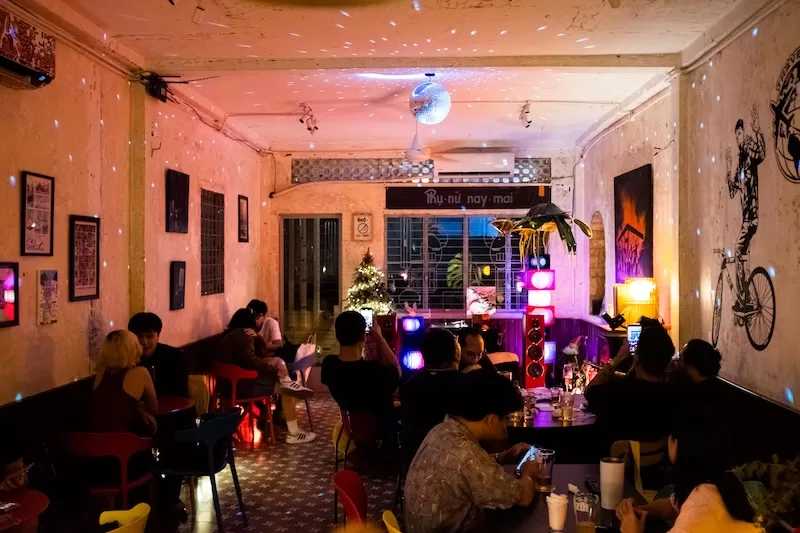
Read more like this: Spain’s Lessons of Self-Discovery
Indeed they do. Down a hem (off a hem) in Binh Thanh, a bustling district with dozens of labyrinthine networks of alleyways, the helpful locals know that all (foreigners) who wander are not lost—they’re probably just looking for Vina Groove, Ho Chi Minh City’s premier second hand vinyl record store run by two expats, Steve Hill from Newcastle, England, and Francois Babelaere from Dunkirk, France. “The ‘uncles’ and ‘aunts’ in our hem are sound. They will always point people who look a little confused in our direction,” says Steve, after I managed to navigate the backstreets on my bicycle to find the shop.
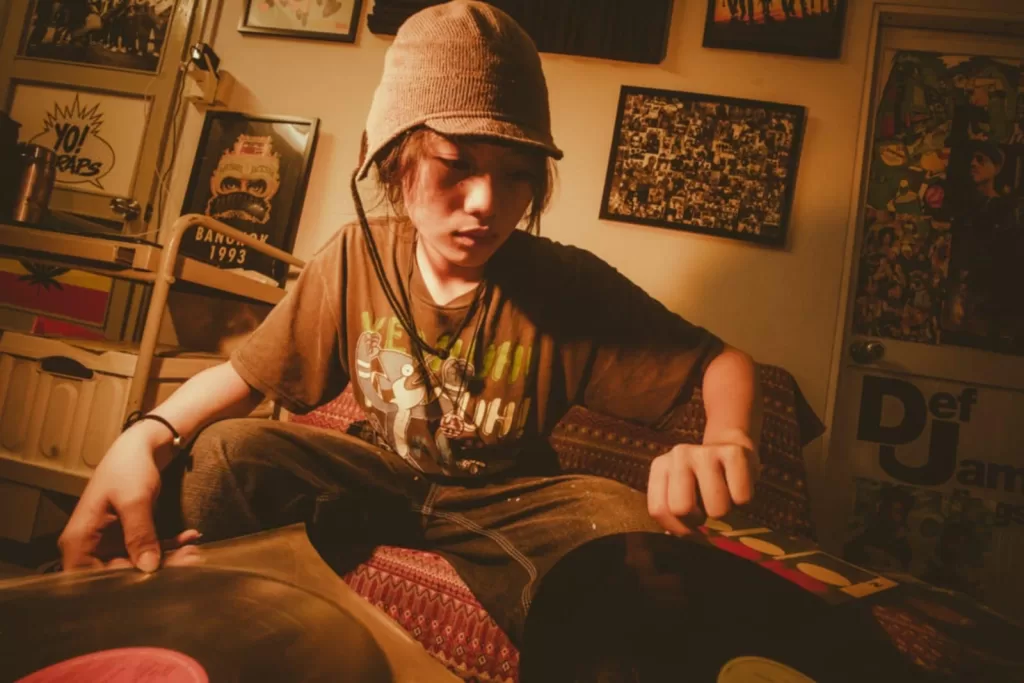
The record store is a niche business, so Steve and Francois figure the location is not a deterrent. “Every now and then we talk about relocating more centrally but the price of rent still makes this the best option and we get vinyl collectors from all over—Australia, Europe, Japan… Kazakhstan,” says Francois. “I think they enjoy it. I mean, finding the shop is part of the experience, isn’t it?”
After the customers work their way through a few dozen crates of vinyl records (a fantastic collection of old school gems from the 1950s to early 2000s), they will usually have worked up an appetite. If so, Steve or Francois will duly direct them to a nearby place that serves nem nuong (skewers of minced shrimp meat, grilled and served with rice paper and herbs) or another local spot, where mi vit tiem (duck leg served on egg noodles) is the house specialty.
It’s no exaggeration to say that every exploration of the city’s side streets and alleyways leads you past countless eateries making mouthwatering food. For those seeking inspiration, the online magazine Saigoneer has a “Hem Gem” column with close to 300 recommendations for local eateries/stalls, all located in the backstreets or alleyways. If in doubt, a visitor can always use the age-old rule of thumb for street food: when an eatery’s packed with happy looking locals, it’s bound to be excellent. After all, as Anthony Bourdain once declared: “You don’t have to find great food in Vietnam. Great food finds you. It’s everywhere.” As are great cafes and great people, too—and what more does anyone need? All you have to do is freely wander. Which begs the question, where to start? The aforementioned Tân Định ward and District 3 are both easily accessible from downtown and filled with characterful alleyways. But honestly you can’t go wrong. Recently I enjoyed an evening stroll from Ban Co wet market in District 3 to Nguyen Thieu Thuat apartments, which were built after the houses in the area burned to the ground in the Tet offensive (1968) during the American-Vietnam war. All around the shabby but lively apartment blocks, you will see countless outdoor eateries and get an immediate sense of the Saigonese people’s way of life and their fun loving nature.
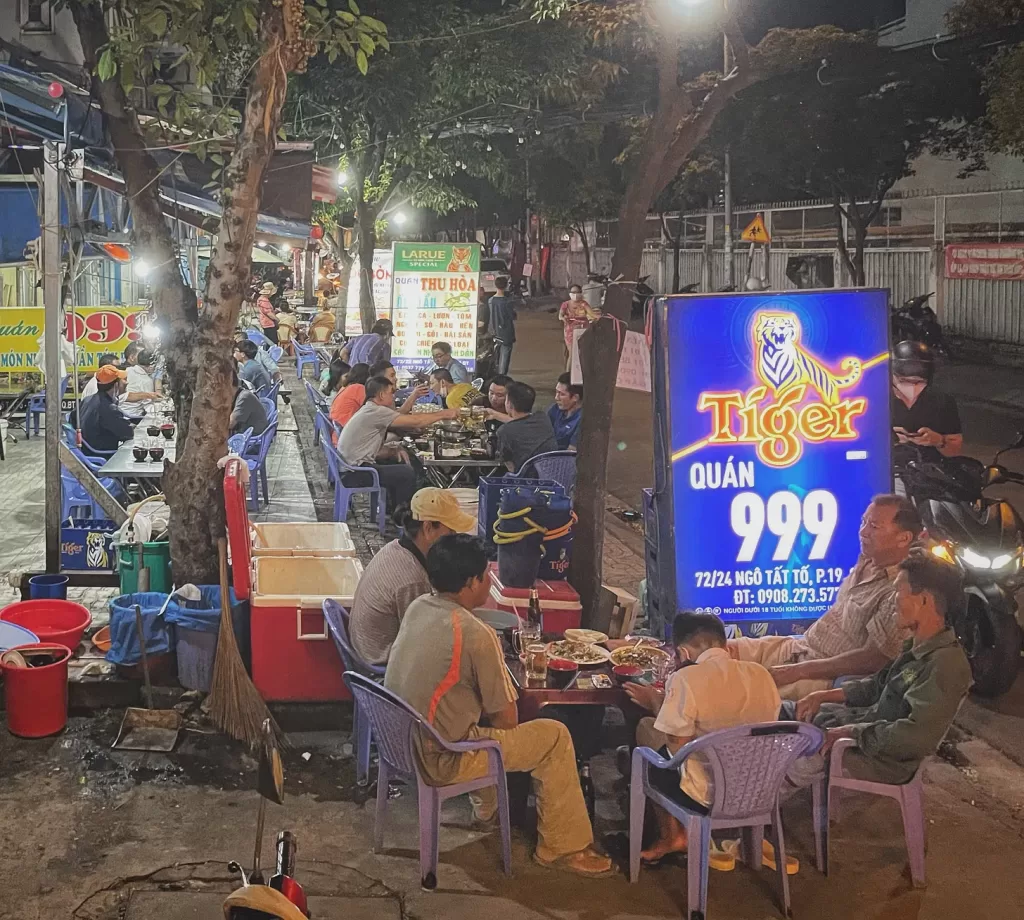
After devouring a bowl of bun mam, a delicious noodle soup with seafood, crackling pork and fresh herbs, I got chatting with some Aussie tourists, who were sinking beers and gamely feasting on plates of oc (snails, scallops, mussels—basically anything in a shell, either steamed or grilled). The night before they had taken a city tour in an open-top double decker bus. A relatively new service, the bus has proven popular with tourists looking to traverse the town and see Ho Chi Minh City’s most prominent landmarks—colonial structures such as the Post Office, the Opera House, and Notre Dame Cathedral, and iconic modern structures such as the 68-floor Bitexco Tower, Landmark 81 and Ba Son Bridge. “It was alright, I guess,” said one of the Aussies. “But walking through the back streets to come here… now I can say I have been to Saigon, right?”
Exactly right.
—————————
Connla Stokes is a Dublin-born writer based in Ho Chi Minh City. He has lived in Vietnam since 1999. His book Falling For Saigon (Brixton Ink) will be published in May, 2025.















